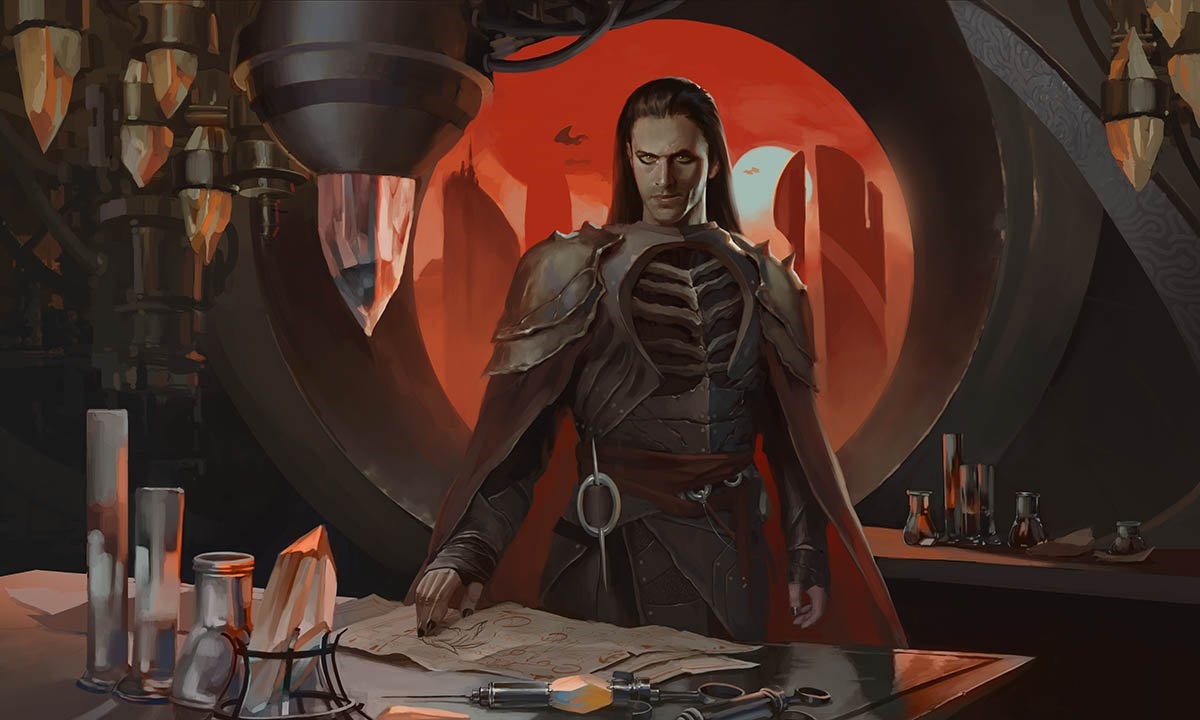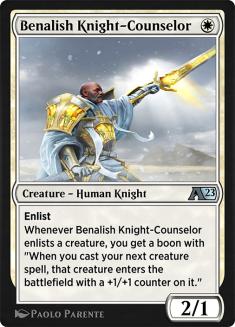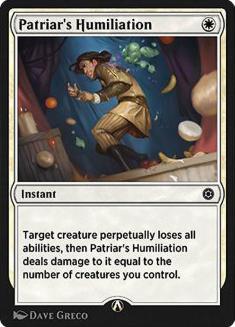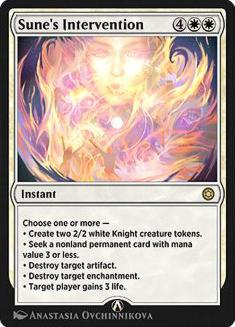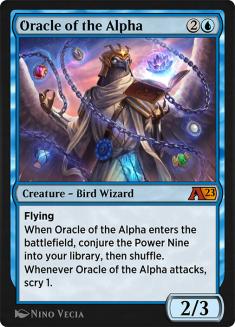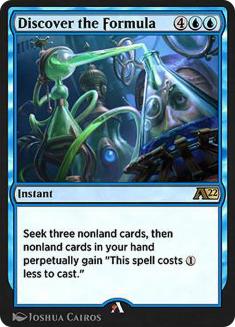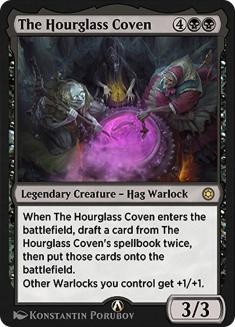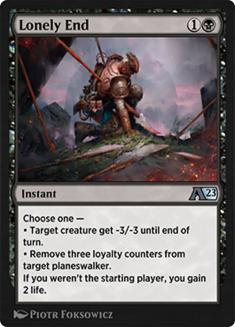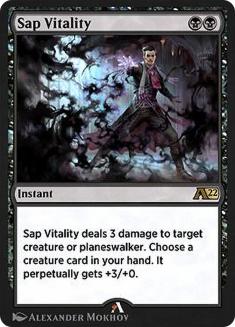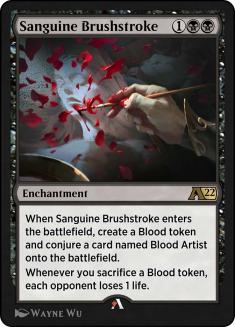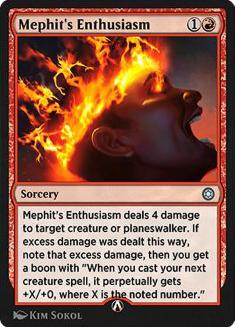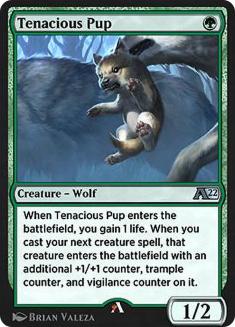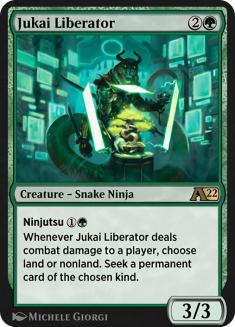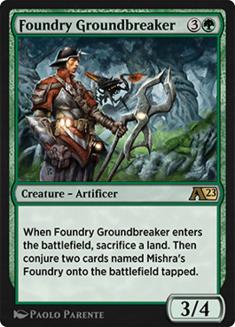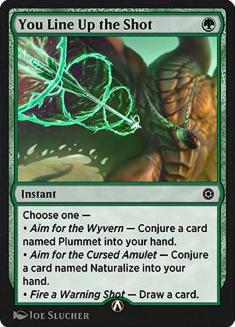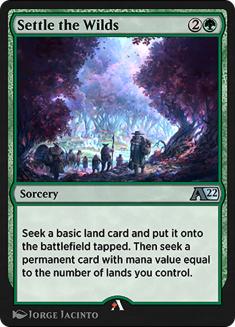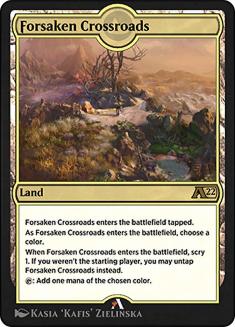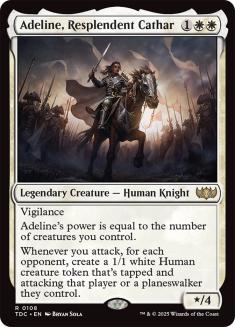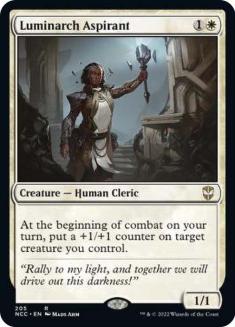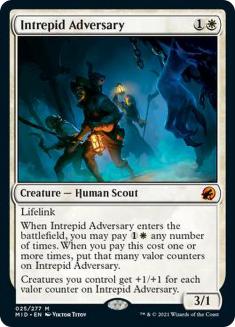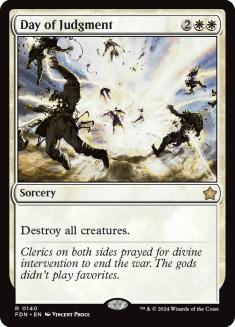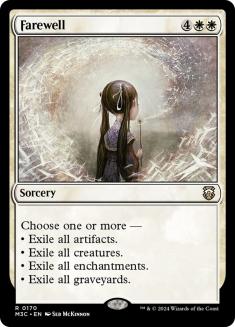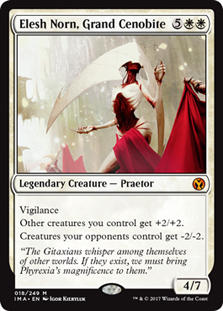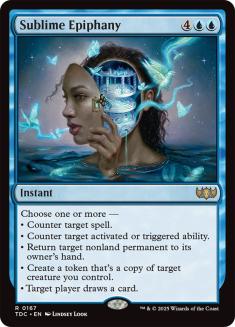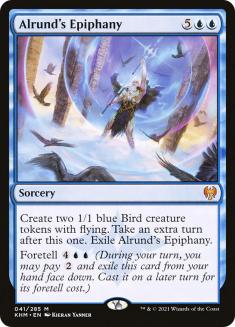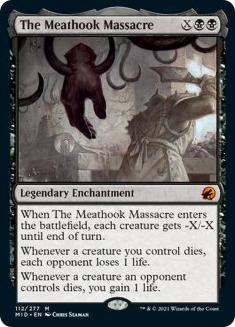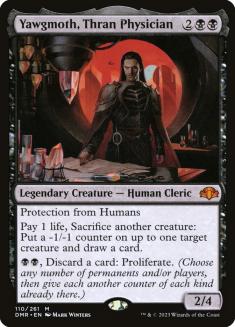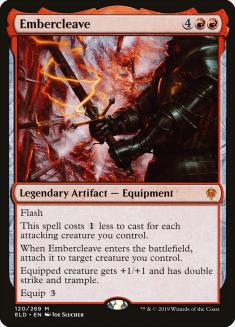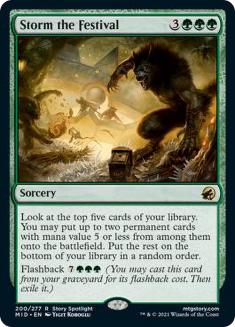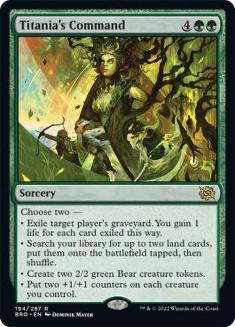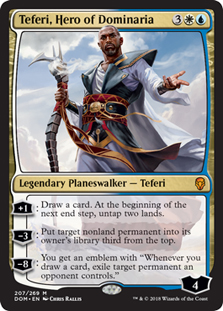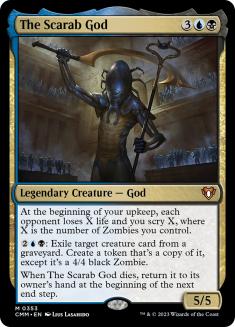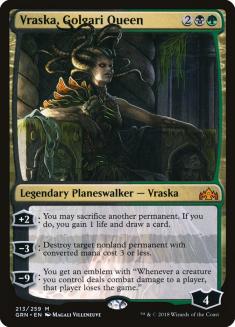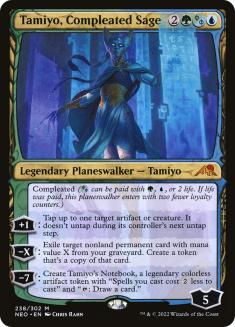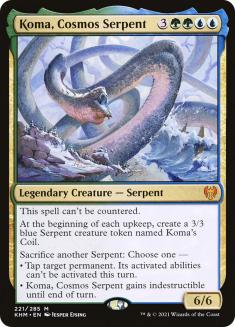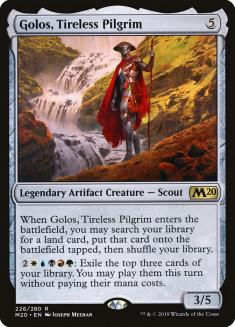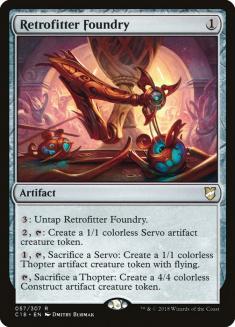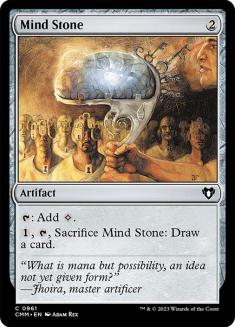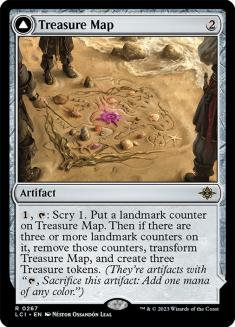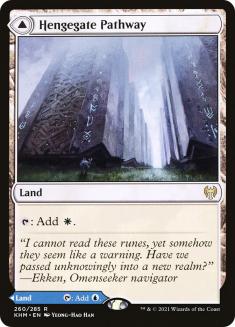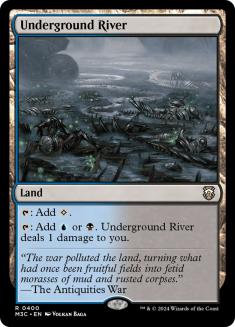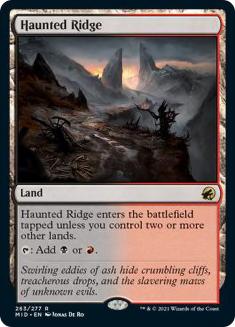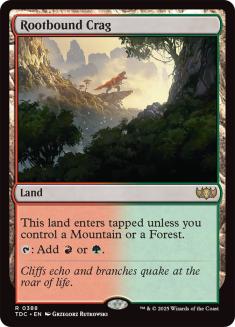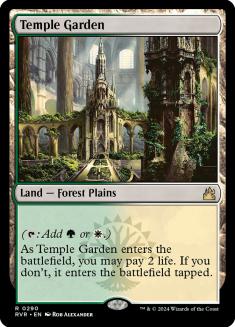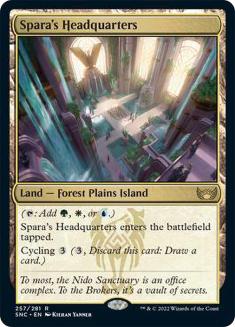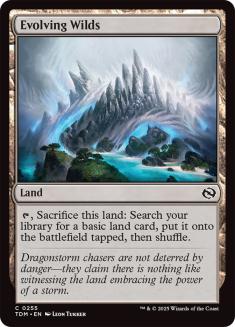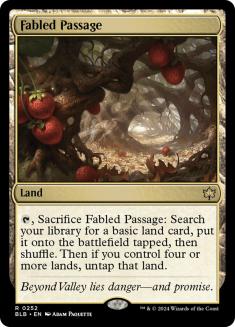Howdy, gamers! In light of a recent and somewhat surprising announcement, it turns out that this is a very significant week for Cube Draft! Not only is Arena Cube back on Magic Arena, but there’s a Draft Open this weekend on the client to boot: the first ever Arena Cube Draft Open! I know that I’d love to win $2,000 playing Cube Draft, and I’m here to offer insights to aid you in the pursuit of that same goal. The first step in that process is looking over the Cube list, which I have ported over to Cube Cobra for ease of readability.
I’ve written about the Arena Cube a few times at this point, though given that these Cubes change more radically on a regular basis than the Magic Online (MTGO) Cubes, it seems appropriate to me, especially in light of the Draft Open, to do a full breakdown of the current Cube list as opposed to an update article that I would usually do for a Cube that we’ve seen before. Part of the reason for the Arena Cube’s significant upheaval is that the Magic Arena card pool grows faster than that of MTGO or paper Magic. This was true in the era of seemingly random additions to the client for Historic Constructed, and is much more true in this era of digital-only cards.
The Digital Divide
Speaking of digital-only cards, that’s something that I always like to address before I get into the meat of the Cube for Arena Cubes. We previously saw nerfed versions of cards in the Arena Cube, but as far as I can tell from the posted list, this will no longer be the case. That means we’ll be playing cards like Luminarch Aspirant and Alrund’s Epiphany as printed, a very welcome change if true. There will be a handful of Arena-only cards in the Cube, though, and I’ve corralled them all to the top of the article here, so we can all know what we’re working with:
Only a couple of these are very high picks, and I’ll get to those cards in their respective sections, but regardless, the last thing that you want to be doing while drafting or playing for stakes is reading a card for the first time.
Homework assignment out of the way, let’s take a look at the Cube by color and go over how I’d approach drafting.
White
I used to be pretty big on the white aggressive decks in Arena Cube, but the pendulum is swinging away from that some as more cards are added to the client. More and more powerful sweepers like The Meathook Massacre push back against these decks pretty hard, and the completion of the Triome cycle incentivizes players to just play with a higher volume of great individual cards with more consistent mana. This is inherently an issue for aggressive decks, but it is worse when many of your best-in-class cards are still absent from the Cube.
The Wandering Emperor is a very strong card, and a high pick in Arena Cube, though the absence of Gideon and Elspeth at four hurts white aggressive decks quite a bit relative to the rising tide of other strategies. There are some aggressive standouts like Adeline, Resplendent Cathar; Luminarch Aspirant; and Intrepid Adversary that draw me to white, but I’m pretty lukewarm about topping my curve with Serra Paragon.
In general, I’m looking more for white haymakers and controlling options. Day of Judgment is quite strong in the average Arena Cube game, and Farewell can be game-ending. Elesh Norn, Grand Cenobite is also a major standout here, and is both relatively easy to cast and difficult to beat.
It’s been a long time since I’ve been able to call out Settle the Wreckage, but this strikes me as a great time for a refresher on that one. Knowing that Settle the Wreckage is in the Cube and making good attacks around its existence is more important than drafting it highly or intending to play with it. The card is fine, but is way more of a random “gotcha” than a hammer. Admittedly, The Wandering Emperor adds to the bluff value of Settle the Wreckage mana merely by existing, so the card has gotten more powerful, but even still, I’d much rather have The Wandering Emperor in my deck. At any rate, you’ll definitely want both cards on your radar when you’re making attacks.
Blue
Blue and green are the two most powerful colors in Arena Cube, and it’s pretty common that the best decks that I draft just accelerate mana and cast big spells. Green gives you the mana, while blue gives you the spells. The top of blue’s curve contains three of the most powerful spells in the Cube in Discover the Formula, Sublime Epiphany, and Alrund’s Epiphany.
Discover the Formula does double-duty here and actually provides card advantage and mana advantage once you get to untap and cast your discounted spells. It can actually be a real headache to play against the card, as suddenly you have to keep in mind the possibility of a three-mana Dismiss. The two Epiphany cards are stellar for the combination of card advantage and impact on the battlefield that they provide. Sublime Epiphany is easily the spell I’ve cast or had cast against me most often just before the caster wins an Arena Cube game.
The Pteramander and Delver of Secrets stuff is, as usual, pretty flimsy, but cards like Ledger Shredder and Malevolent Hermit are actually quite strong for their flexibility in roles. Blue cards that are only good for attacking will be pretty weak on average, but if you can squeeze some card filtering or advantage out of a creature it should be a pretty welcome addition to your deck.
There’s also a pretty good clip of cheap counterspells in the Cube now, with Counterspell proper and Jwari Disruption being the most important to make sure that your blue deck has early plays that scale well into the late-game. A three-mana counter or two is also fine to have, and cards like Dismiss and Thassa’s Intervention are very powerful options for disruption and/or card advantage.
The biggest mistake you could make in drafting blue would be getting suckered into trying to cast Curious Obsession. It can work out sometimes, but overwhelmingly you’ll want to play reactive games with your blue decks.
Black
Black actually looks pretty strong in this iteration of Arena Cube. There are a high volume of powerful options for aggressive and controlling decks alike, and quite a few standout individual cards. The Meathook Massacre and Yawgmoth, Thran Physician are both going to feel like cheating in some games, and the power gap in the Cube is wide enough that Thoughtseize should perform quite well, too.
I will say that I’m rather wary of trying to draft a mono-black deck, with apologies to Gray Merchant of Asphodel. Cards like Gix, Yawgmoth Praetor and Tenacious Underdog are quite good at giving beatdowns, but the supporting cast isn’t worth closing yourself off to the best individual creatures in white or the reach that playing red provides.
When it comes to control decks, I definitely see the appeal of casting Sheoldred, the Apocalypse, but I want to back that play up with the assorted removal options and haymakers of other colors. Now is as good a time as many to mention that Golos, Tireless Pilgrim plus Field of the Dead is still one of the most powerful things you can draft in Arena Cube, so I want to stay open to that while staying away from difficult-to-cast cards like Invoke Despair.
My general rule for drafting black in Arena Cube is to stick to the card that you’d expect to see in a Legacy Cube while avoiding the cards that also show up in things like Chromatic Cube. I’m not jumping on Shambling Ghast and Inscription of Ruin, but I can get behind Evolved Sleeper and Woe Strider.
Red
Red aggressive decks are what I have the most experience with and have had the most success with in Arena Cube. Part of this is that so few of the best cards for this archetype would realistically see play in any other deck. You’ll have to pick up Bonecrusher Giant pretty highly to fight off midrange enthusiasts, but Voltaic Visionary isn’t going to anybody but you.
It was previously the case that Anax, Hardened in the Forge plus Embercleave was the “Splinter Twin” combo of Arena Cube, though sadly Anax has left the Cube. Embercleave still fits perfectly into the red aggressive decks that the Cube offers though, and is one of the most first-pickable cards in the Cube.
For non-aggressive red decks, it will be fairly rare that the red card is the most powerful card early on in most packs, and as a rule I move into red as a controlling color late in the draft when it’s open. For aggressive red decks, I force as hard as I possibly can and pick up red dual lands in case I have to splash in any situation where it seems like I might have to. Playing two colors is something of a fail case for red aggressive decks, so picking up mana-fixing highly is important when you expect that you’ll have to, because the most common thing that a Boros deck loses to is its own mana.
That’s a bit of a treacherous draft lane for some drafters to follow, but seeing as the red aggressive decks thrive on the back of a high volume of cheap creatures that nobody else wants, it’s easy to understand that forcing the archetype is going to yield the most consistent results. You just won’t be able to build a Rabbit Battery Control deck, so knowing what you’re trying to wheel and making a plan for if you have to splash are paramount for drafting successful red aggressive decks.
Green
And now on to the other best color in the Cube. Much like blue, green might trick to trick you into playing a goofy aggressive deck, but don’t fall for it! Llanowar Elves is one of the most powerful cards in the Cube and Pelt Collector borders on unplayable.
The best green cards in Arena Cube all look really familiar if you have experience drafting any of the digital Cube offerings. They either accelerate your mana in the form of cards, like Wolfwillow Haven and Cultivate, or they offer powerful effects at efficient costs in the form of cards, like Esika’s Chariot and The Great Henge.
It’s worth pointing out that Storm the Festival and Titania’s Command are quite a bit worse in Arena Cube than they are in Pioneer and The Brothers’ War Limited, respectively. Without a game-ending combo and Nykthos-level mana engine, you’d rather have a more consistent tool than Storm the Festival, and some 4/4s aren’t the best return on six mana here, either. I do think that Titania’s Command is quite good once you load up on mana-accelerating creatures, but it’s considerably less impressive in the coming Cube Open than it was in the previous Sealed Open.
Gold
The mana-fixing in Arena Cube is abundant enough that I advocate Five-Color Field of the Dead as arguably the most powerful archetype, and as such I don’t shy away from cards just because they’re gold. When it comes to gold aggressive cards, I will wait to see if I can make the mana work, but there are quite a few midrange and controlling options that I’m looking at early:
This is a pretty short list, which has more to do with the average power level and aggressive nature of other gold cards in the Cube than anything. You’ll also notice another loud declaration here that I want my decks to contain either Breeding Pool or a lot of Mountains.
Artifacts
There are several powerful mana accelerants in this column and castable hammers as well. I’ve cooled quite a lot on three-mana accelerants like Chromatic Lantern as the Arena card pool has grown, but cards like Mind Stone are still stellar, and the addition of Wurmcoil Engine is quite significant for control decks.
It’s kind of bonkers to me that Retrofitter Foundry is on Arena/in this Cube, and that’s a card that consistently performs in Cubes of every power level. I’m not one to draft a card just because it’s colorless to “stay open,” but it will absolutely come up that a colorless card is the abstractly most powerful card in a lot of Arena Cube packs. Basilisk Collar isn’t going to get any play from me, but Treasure Map remains near the top of my Arena Cube pick order.
Lands
For mana-fixing lands we see Pathways, painlands, slowlands, buddy lands, shocklands, Triomes, and a few standalone options. In terms of my archetype preferences, I’ll take most lands that tap for blue and green quite highly, have a bit of a preference for Boros and Rakdos lands as it seems I might need to play them, and every other color pair comes in significantly lower for me as options to wheel.
Beyond that, Field of the Dead is very close to the top of my pick order, though notably you’re more likely to get a Field of the Dead passed to you later in a draft because you’re eating up all the dual lands than you are to get passed a Golos, regardless of what’s going on. So Golos is the more noteworthy Pack 1, Pick 1 card, but you really want both cards whenever you can get them.
Good luck to everyone in the Arena Open this weekend, and I hope that my breakdown helps you win some cash! My preferences in Arena Cube are to draft the lowest-to-the-ground aggressive deck I can or to go as high over the top of my opponent as I can, with little love for trying to play midrange. Of course, your style and mileage may vary, and you’ll want to read and draft the seat you actually sit in more than anything, but these guidelines set the tone for the environment well in my experience.

